Understanding the pH of Different Types of Water: From Acidic to Alkaline
2023-08-21
Water is a vital resource for all living beings, and its quality plays a significant role in our health and well-being. The pH of water is a critical factor that determines its acidity or alkalinity. The pH scale ranges from 0 to 14, with 7 considered neutral, below 7 acidic, and above 7 alkaline.
We will explore the pH of different types of water and its implications for human consumption.
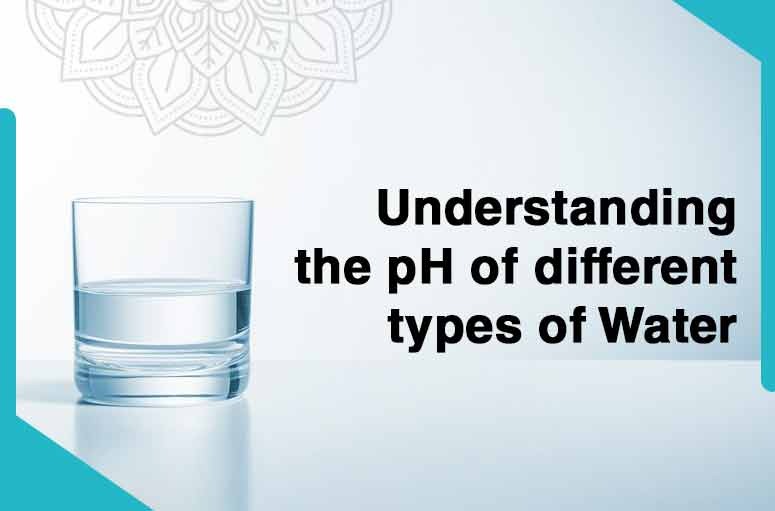
Tap Water:
Tap water's pH can vary depending on its source and the treatment processes it undergoes. Generally, tap water falls within a slightly acidic to neutral range, typically between 6.5 to 7.5. The pH of tap water may also be influenced by factors such as the presence of minerals or the addition of disinfectants like chlorine.
Bottled Water:
Bottled water's pH can vary significantly depending on the brand and source. Some bottled waters are sourced from natural springs and have a higher pH, making them slightly alkaline. On the other hand, purified or distilled bottled water may have a lower pH, approaching neutrality or slightly acidic.
Alkaline Water:
Alkaline water has a higher pH level than regular tap or bottled water. The pH of alkaline water typically ranges from 8 to 9 or even higher. Alkaline water is often treated to increase its alkalinity by adding minerals like Calcium, Magnesium, and Potassium. The higher pH is believed to provide various health benefits and aid in neutralising acidic waste in the body.
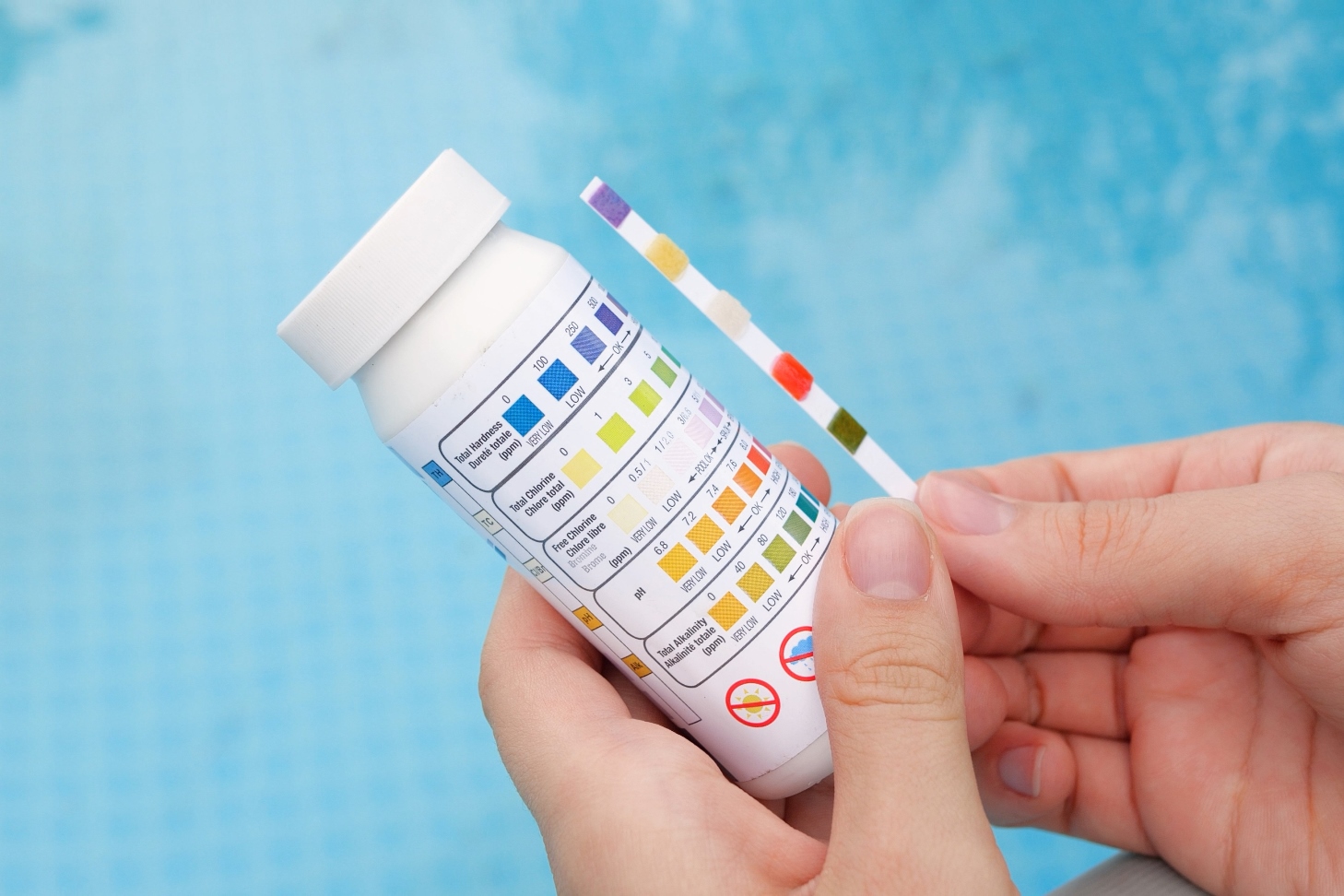
Mineral Water:
Mineral water is a type of bottled water that contains naturally occurring minerals. The pH of mineral water can vary depending on the source and the minerals present. Generally, mineral water tends to be slightly alkaline due to the presence of minerals like Calcium and Magnesium.
Spring Water:
Spring water is sourced from natural springs and may vary in pH based on the geological composition of the land it flows through. Spring water is typically considered to be of high quality, and its pH can range from slightly acidic to alkaline, depending on the specific spring.
Distilled Water:
Distilled water is produced by boiling water and then condensing the steam to remove impurities and minerals. Distillation results in nearly pure water with a neutral pH close to 7.
Well Water:
The pH of well water can vary depending on the geological characteristics of the area. Well water can be slightly acidic or alkaline, depending on factors such as the presence of minerals in the surrounding soil.
Understanding the pH of different types of water is essential for making informed choices about the water we consume. While neutral or slightly alkaline water is generally considered safe for drinking, extreme pH levels, whether acidic or highly alkaline, may not be suitable for consumption.
The pH of water can impact its taste, potential health benefits, and its compatibility with certain household appliances and plumbing systems. To ensure access to clean and safe drinking water, regular water quality testing and appropriate treatment measures are essential.
As consumers, being aware of the pH levels in the water we drink empowers us to make conscious decisions about our water sources and choose the type of water that aligns with our health and well-being goals. Consulting with water experts and health professionals can provide valuable insights to ensure we maintain optimal hydration and overall health.

The Role of Alkaline Water in Digestion: Why Switch to iLiv Alkaline Machine?
2025-01-06

How does Alkaline water help balance pH levels in the body?
2025-01-06
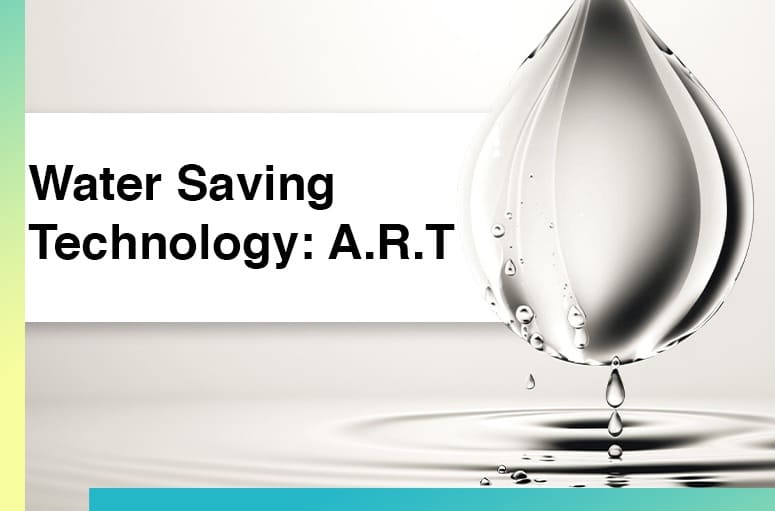
Water-Saving Technology: Aqua Reverse Technology (A.R.T)
2023-12-19

Should Athletes Drink Alkaline Water?
2023-12-19

What are the effects of hydrogen-alkaline water on your body?
2023-12-19
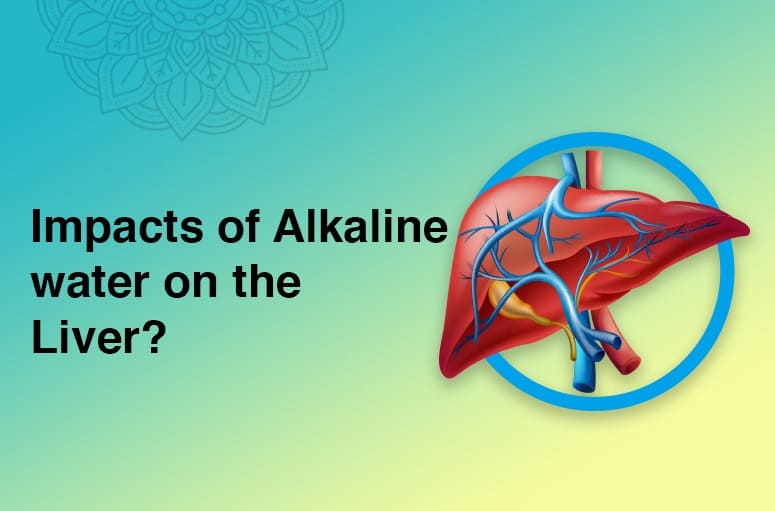
Impacts of Alkaline water on the Liver
2023-12-19
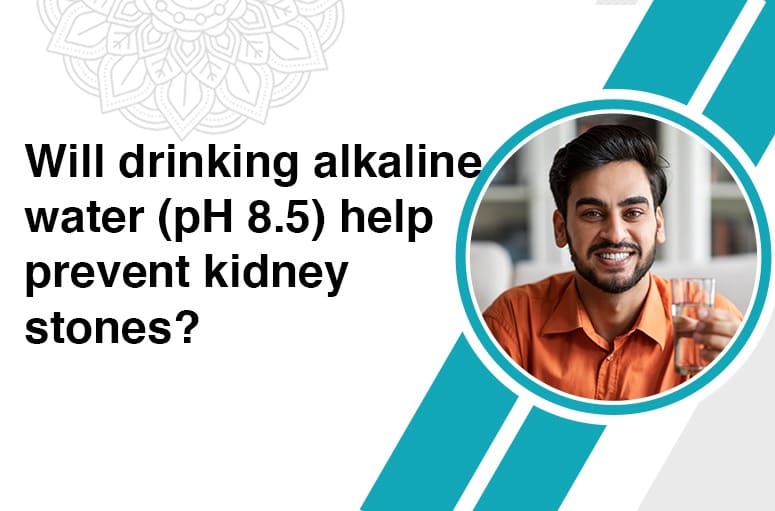
Will Alkaline Water (pH 8.5) help prevent kidney stones?
2023-12-19
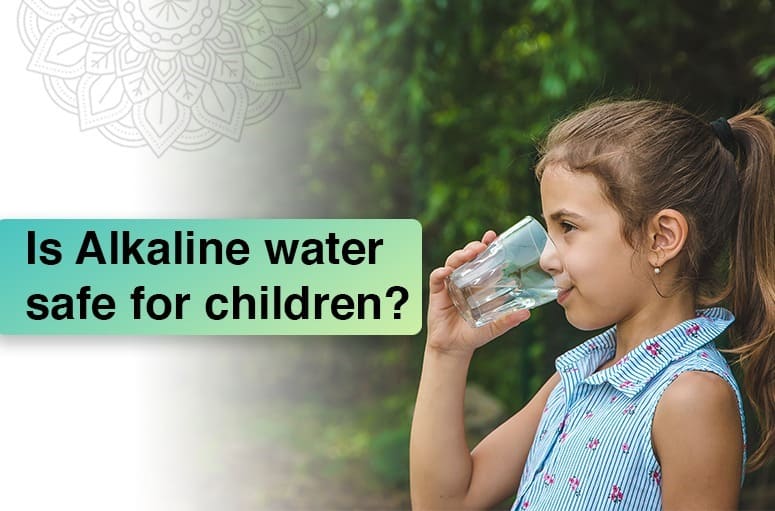
Is Alkaline Water Safe for Children?
2023-12-14
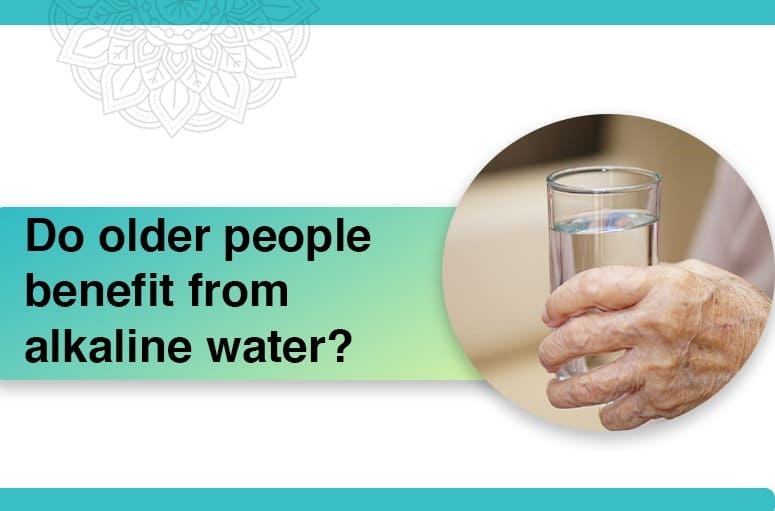
Do Older People Benefit from Alkaline Water?
2023-12-14
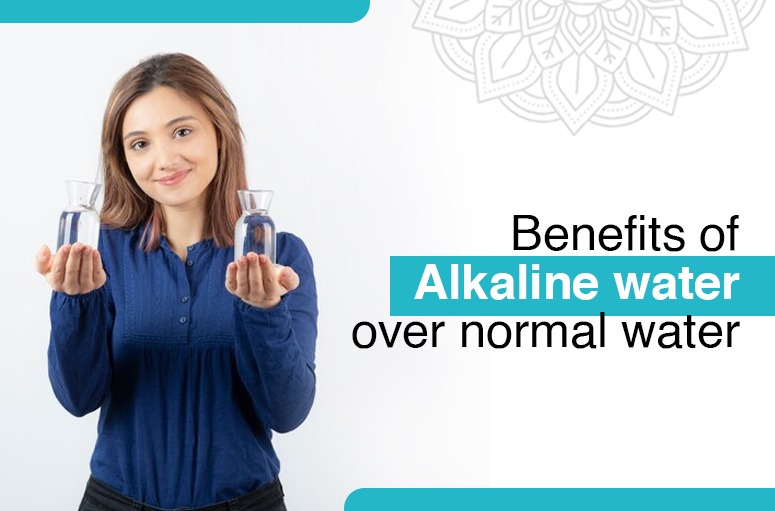
What benefits do we get from drinking alkaline water over normal water?
2023-12-11